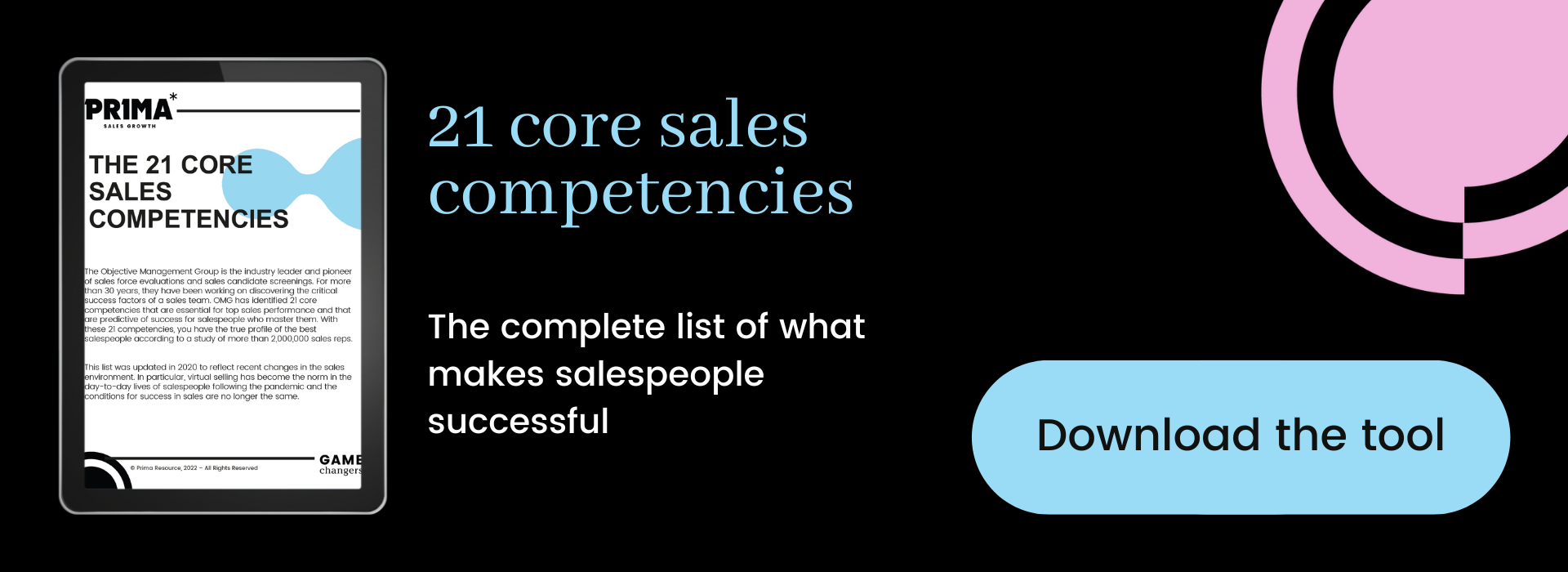
Sales objections are a recurring phenomenon. Ask anybody what their initial reaction to a sales pitch is, and they’ll admit to responding with one or more objections:
- I need to think about it;
- It’s too expensive;
- We already have a supplier;
- We already had a bad experience;
- I don’t know your company.
These are the most commonly used sales objections, though a few more sometimes pop up, such as the “we don’t have a problem” objection.
As a sales representative, your task is knowing how to identify, anticipate, and effectively overcome these objections, even the ones you rarely come across.
When should you expect the “we don’t have a problem” objection?
The stage at which objections show up during the sales process depend on what the objection is. It’s important to have a clear understanding of when and why objections come up, because they can be an indication of a poorly played out sales process.
For example, “I need time to think about it” will come up during the last steps of the sales process, while “We already have a supplier”/“We already work with your competitor” will take place very early on in the process.
Likewise, you shouldn’t be hearing “I’m already meeting my objectives” late in the game!
How to overcome the “we don’t have a problem” objection
By using open-ended questions, you must bring the prospect to the conclusion that they should go into business with you, for the better of their company. The goal is always to help them achieve their objectives, but what happens when a prospect tells you they are already achieving all their goals?
The same two-step process to handle sales objections applies:
An objection, in whichever form it comes, should never be taken at face value. Either the prospect is trying to brush you off, which you should quickly realize by asking questions, or the prospect is in fact telling the truth.
The fact that they are attaining their goals or don’t have a problem doesn’t automatically close the door on you. So, they’re doing well this year, but what about next year? Or what if they could be doing even better this year, and you’re the one to help them do this?
Are you speaking to the decision maker? If not, you may think they are achieving their goals, but this person isn’t in the know. Speak to the person that makes a difference. If you realize you’re not speaking with a decision maker, suggest joining them in a presentation to discuss your ability to help them grow their business.
Help them look further than the present. Push them along so they consider future objectives.
Showcase the value of your services
The top priority for any representative, whether selling products, services or commodities, is helping the prospect find the compelling reasons to do business with you. This needs to be done very early on. You want to qualify, or disqualify, a prospect as quickly as possible.
Your positioning statement should resonate with the prospect and create a sense of needing your help. If it doesn’t, if your prospect doesn’t see the value of your services, your positioning statement might need some tweaking. It should challenge their status quo, and make them consider the benefits of what you could bring to their business.
As with every objection, you must identify the validity of it very early on. Do not waste your time and services with a person who isn’t a good fit for you and who honestly doesn’t need your services. You must know when to walk away.
And you will know when to walk away by asking the ever-essential open-ended questions.
Conclusion
Remember, ask your prospects the questions which will create the need to take up your services or buy your products.
Don’t be turned off by a prospect who’s already doing well, there may be an opportunity for you to help them do even better!





